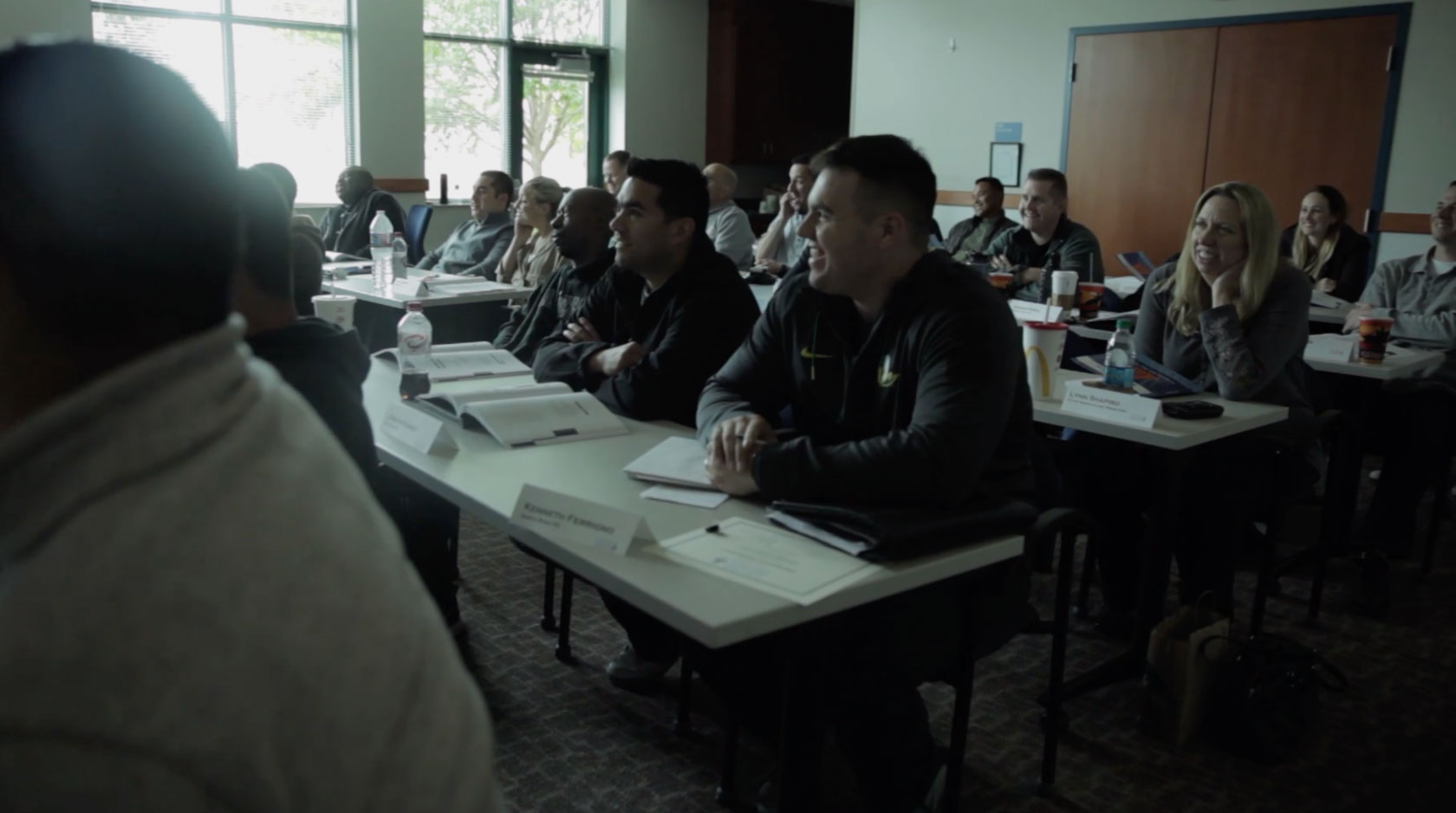This training provided the useful tools necessary for assessing the veracity of a suspected child abuser, which goes a long way in helping to protect children.

Miranda Custody in Prison – Not Automatic (Howe v. Fields)
A new U.S. Supreme Court decision addressed the issue of whether questioning an inmate inside his institution about facts that occurred outside the institution always requires Miranda warnings because that inmate is by definition “in custody.”
FACTS
Randall Fields was serving a sentence in a Michigan jail. Fields was escorted by a corrections officer to a conference room where two deputies questioned him about allegations that, before he came to prison, he had engaged in sexual conduct with a minor. Fields had to leave one section of the facility, passing through a locked door to reach the conference room. Fields was questioned between five and seven hours.
At the beginning of the interview, Fields was told he was free to leave and return to his cell. The door was sometimes open, sometimes shut, the deputies were armed but Fields had no handcuffs. At no time was Fields read his Miranda warnings, and according to Fields, he told the deputies on several occasions he no longer wanted to talk, but at no time did he ask to return to his cell. Fields eventually confessed to sexual acts with the minor. At trial, Fields moved to suppress his statement. That motion was denied. Fields was convicted of the sex acts with the minor.
APPEAL
Fields appealed the alleged Miranda violation and prevailed getting his conviction reversed. Fields argued that being isolated for questioning in a custodial setting about incidents that occurred outside the institution is a per se violation of Miranda. The United States Supreme Court reviewed.
HOLDING
The U.S. Supreme Court held that a prisoner is not always in custody for Miranda purposes whenever a prisoner is isolated from the general prison population and questioned about conduct outside the prison.
The Court looked at custody and found that not all restraints on movement are custody. Referencing Maryland v. Shatzer 130 S. Ct. 1213, the Court reiterated that it has never adopted a bright-line rule for determining the applicability of Miranda in prisons. The Court set out three reasons why there can be no bright-line rule:
• First, a person already serving a prison term does not generally involve the shock that very often accompanies an arrest.
• Second, a person in custody is not likely to speak with the thought that they will be released. They are already in custody and know that when the interview is over, they are staying.
• Third, a prisoner knows that the officers questioning him do not have the ability to shorten his sentence. The pressure or fear of speaking really does not exist for the prisoner.
The Court then addressed questioning in private. In some instances, the Court pointed out, in a prison setting questioning in private is a better alternative for the inmate, such as here, talking about child molest. The Court said questioning in private does not necessarily mean Miranda warnings must be given.
Finally, the court failed to see why questioning about facts outside of prison has any distinction from any other questioning.
The Court was clear that under these circumstances, Fields was not in custody for Miranda purposes. The Court summed up:
“Fidelity to the doctrine announced in Miranda requires that it be enforced strictly, but only in those types of situations in which the concerns that powered the decision are implicated. Voluntary confessions made by prisoners should not be suppressed. Voluntary confessions are not merely a proper element in law enforcement, they are an unmitigated good, essential to society’s compelling interest in finding, convicting, and punishing those who violate the law.”
In this instance, telling the defendant he was free to leave, leaving him unhandcuffed, having the door open, offering him food and water, questioning him in a regular conference room, and not threatening him, all led to the conclusion that his statement was voluntarily made and was not a Miranda violation.
FINAL THOUGHTS
It should be safe to conclude that a county jail inmate who is housed for a significant time period should be considered no different than a prison inmate. Be careful, however, of someone who was just taken into custody. The crux of this ruling is that the inmate who has been incarcerated for a significant period is comfortable in that setting and speaking to the police is not such a jarring experience. Someone new to the custodial environment may be viewed differently.